In our previous post on tactical flashlights, we talked about what exactly makes a flashlight tactical. We discussed the various attributes of a tactical light, and how those attributes distinguish it from a run-of-the-mill flashlight that you typically stash in a drawer and forget about until a power outage occurs.
Tactical lights can be used in emergency situations
Although we will go over some of the more unique uses for a tactical flashlight in the following sections, we’d like to endorse the use of tactical lights for simple illumination. They are extremely useful for everyday carry and can be especially useful during an emergency situation such as a power outage. When the lights go out, many people look for a flashlight to illuminate their homes. Usually, these are tucked away in a drawer somewhere, but if you make a habit of carrying a tactical light around with you, you’ll have your light right there when the time comes. Given that tactical lights are both lightweight, powerful and have a long-run time, they are perfect for those moments with the lights go out.
Tactical Lights can be used for self-defence
Have you ever felt a little uneasy in a certain part of town? Have you ever gotten a weird vibe from stranger on a bus or street corner? Many have been there and there may come a time when one has to resort to self-defence measures.
Self-defence is a countermeasure that involves defending the health and well-being of oneself from harm. Even if you’ve never been in a situation where you have felt a genuine feeling of being unsafe, it never hurts to have a little reassurance about your next steps.
As we discussed in our previous post, tactical flashlights are designed with law enforcement, security and military professionals in mind. Therefore, a tactical flashlight has a number of ways that it can be used for self-defence. Unlike firearms, the tactical light can be carried and concealed, thus self-defence has become a popular use case for tactical lights. We’ll go into how that can be done in short order.
Illumination
A tactical flashlight by definition lights up dark places. Although this may seem fairly straight forward, you may be surprised to know that simple illumination of dark places could be used for self-defence. A would-be attacker will often use the cover of darkness to move around and hide themselves. A tactical light, being as bright and powerful as it is, can be used simply as a deterrent.
If you arrive home late at night, or park in a dimly lit street, or are heading to your car in a dark car park, and you feel a bit unsafe, the use of a tactical light to illuminate your path can be enough to keep attackers away. If an attacker does show himself or herself, shining a light might be just enough to make your escape.
Blind an Attacker
If illumination isn’t enough, tactical lights can also be used to blind an attacker. Have you ever woken up in the middle of the night in the dark, turned on the lights and been blinded by the light? This is called flash blindness. Your retinas adjust to a low level of light after they are in a dark room for a period of time. When the lights are suddenly turned on, the sudden increased light enters and overwhelms the retinas, causing a temporary moment of blindness.
Given the high lumen power of tactical flashlights, a similar effect can be had on an attacker in the dark. The light output of tactical lights sometimes reaches upwards of 1000 lumens. Shining one of those lights in the eyes of an attacker is enough to make them shade their eyes or even blind them temporarily and disorient them significantly. This can aid in your escape.
Bucha Effect
As we discussed in our previous post, most tactical lights will come equipped with a strobe operating mode. The rapid on and off of the light causes a person or object on the move to appear in and out of sync and it can take the brain a while to adjust to that. This is known as the Bucha effect or flicker vertigo. Thus, this can be used to disorient an assailant as well and gives the user time to take an action or simply run away.
Melee Weapon
Keep in mind that these lights are super powerful to the point where they can shine up to hundreds of meters away, so you don’t have to be too close to disorient your attacker with the light. However, in the possible case of close contact, if the light doesn’t blind them, tactical lights were designed to be used as a blunt force melee weapon as well.
One of the original uses for a tactical flashlight was to be used similar to a baton by law enforcement to subdue an assailant. Often times there is a hard end as well as an end that surrounds the bulb, called a bezel, which is serrated. The flashlight will be made out of hard metal, and you can use any part of the light to strike. Often times the lights are made out of aluminium, which is guaranteed to be harder than your fists and either end of the light can do some damage if it is used to strike an attacker.
Less conventional uses for tactical lights
Other than the simple use of tactical lights for illumination and one of the more oft-cited uses of self-defence, there are some less common uses of tactical lights. Although they are less common, they are cited here and there as genuine uses for tactical lights, as only tactical lights have the properties necessary to achieve the objectives in the following scenarios.
Tactical lights can be used to start a fire
Although we don’t necessarily recommend tactical lights to start a fire, in situations in which you may need to go into survival mode, such as out in the wilderness, a tactical light can serve as a tool to start one. There are various techniques to do this. One involves breaking the light to expose the filament in the bulb. Adding some timber, or paper, or something flammable to the filament can spark a fire. A second technique involves catching sun light on the bulb of the flashlight and reflecting it onto a pile of timber or other flammable material. Lastly, and possibly the easiest way would be to simply power up the flashlight to the highest power setting, focus the beam, and shine it as close as possible to timber or otherwise flammable material. With flashlights with a high enough lumen output, this can be enough to get that fire roaring.
Again, we’d like to state that we do not recommend this use necessarily; however, given that these lights are designed for military personnel, tactical lights can be used in survival situations among other reasons because they can start fires if the need arises.
Tactical Lights can be used to signal for help
In another survival scenario, a tactical light can be used to signal for help. In the absence of a flashlight, yelling or waving one’s hands are usually employed to signal for help. But imagine you are in a situation where no amount of yelling or hand waving is going to get anyone’s attention. Your best bet in that case is to use some kind of visual signal that can be seen from a long distance off. Given its super powerful light beam, as well as the strobe setting, a tactical flashlight is ideal for signalling for help. Let’s say you got lost while hiking and need someone to find you, or your car broke down on a dark country road and you need to signal to an oncoming car for help, a flashlight is a good way to flag someone down.
Tactical lights can be used to break windows
You may have seen some videos of people trying to break car windows with baseball bats or heavy items like bricks, to no avail. Another use for a tactical light is to break windows. The key is to apply a large amount of pressure to a very small part of the glass. Pressure point glass breaking tools were originally designed for law enforcement officers to be able to break the window or wind shield of a car to pull an occupant to safety if the situation arises. The serrated bezel surrounding the light bulb as well as the extremely durable exterior of a tactical light provides an ideal tool for breaking glass. The sharp point exponentially increases the amount of pressure that can be applied to a small part of the glass.
Although these were made primarily for law enforcement and first responders, there is a growing concern by some of being stuck in a car and not being able to get out. A tactical flashlight is no longer just for first responders to break glass, but for those that may need to bust their way out of a car if they’re locked in.
Tactical lights can be used in conjunction with a firearm
Last but not least, tactical lights can be used in conjunction with a firearm. Although this is a less common use for a tactical light for the layperson, it is one of the main reasons they were developed for law enforcement and military. They were developed for low-light target identification to be used in conjunction with a firearm, mostly for law enforcement, military and security personnel. Their high-power output and lightweight design makes them ideal for illuminating a dark area while also holding the flashlight one-handed with a firearm in the other.
Without delving too deeply into this subject, there are various techniques to holding a tactical light and a firearm that are employed by real law enforcement and military professionals. We will get into those in a future post on the subject.
The uses for tactical lights are endless (not literally, but almost)
As can be seen from this post, the uses for tactical lights are practically endless. The tool is incredibly versatile given its myriad special characteristics that distinguish it from a regular run-of-the-mill flashlight, making it perfect for as an everyday carry flashlight.
To find out more about tactical lights, click on the button below to see our full catalogue. Or, you can contact us to talk to a Peli representative for more information on tactical lights from Peli.





.png)

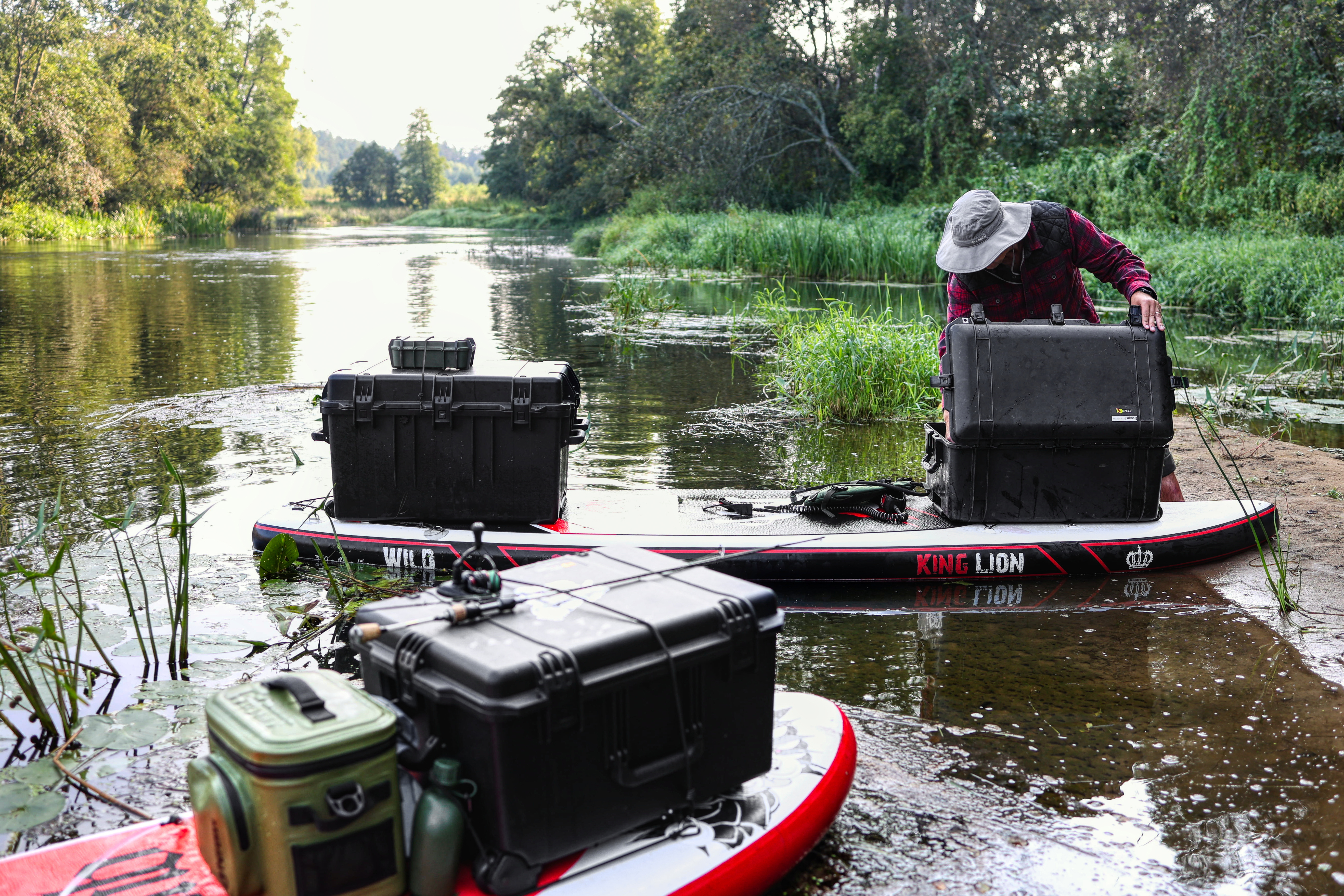
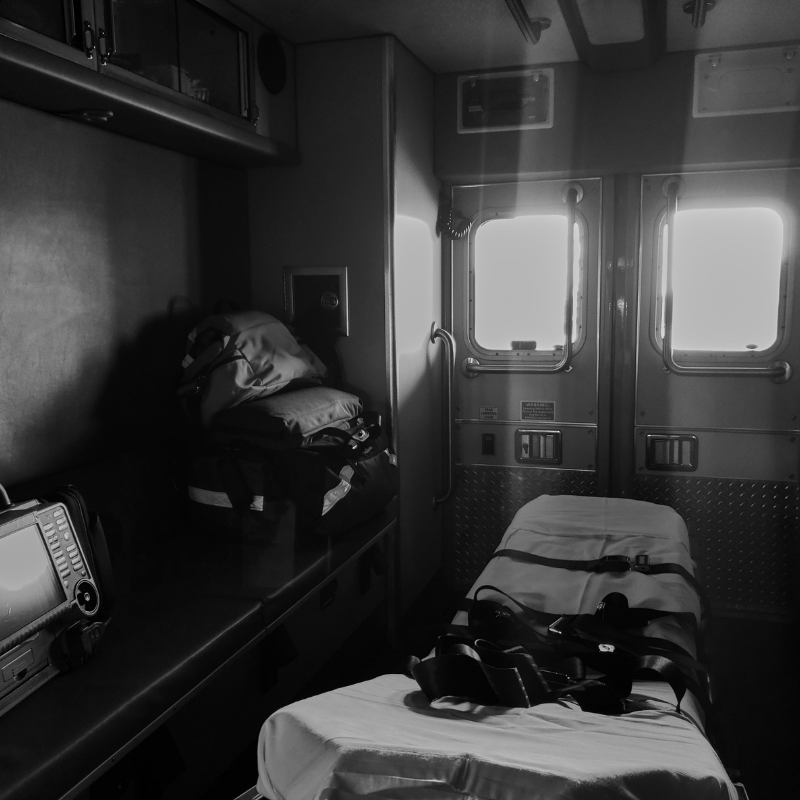
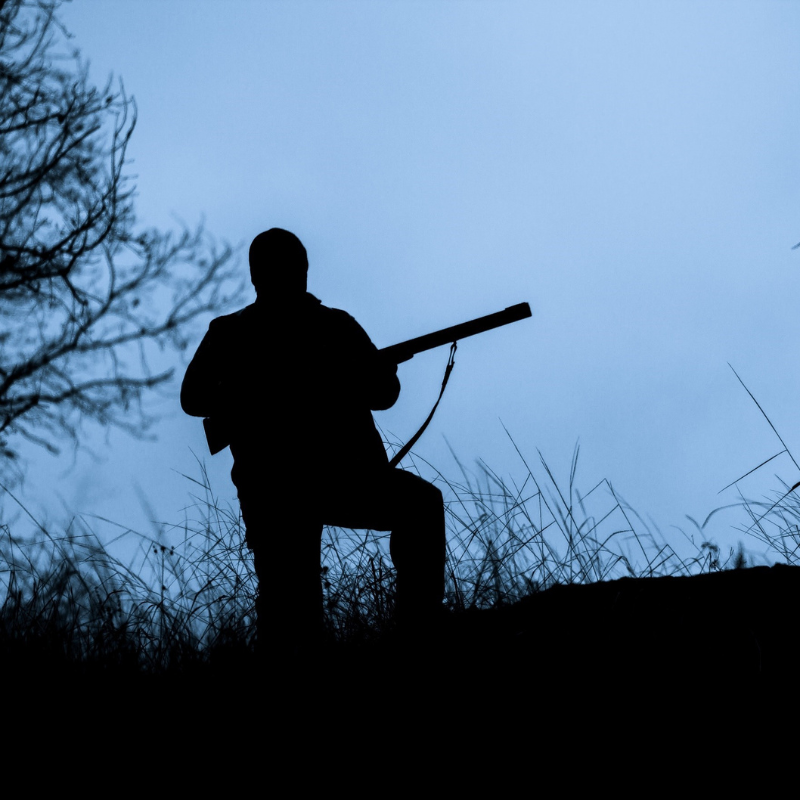


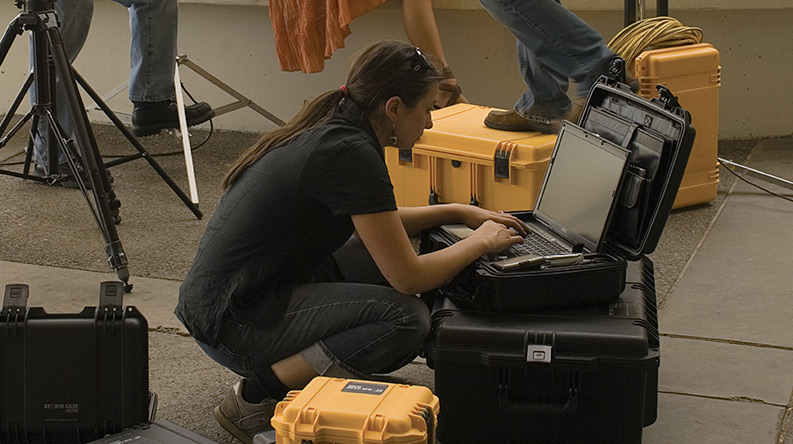
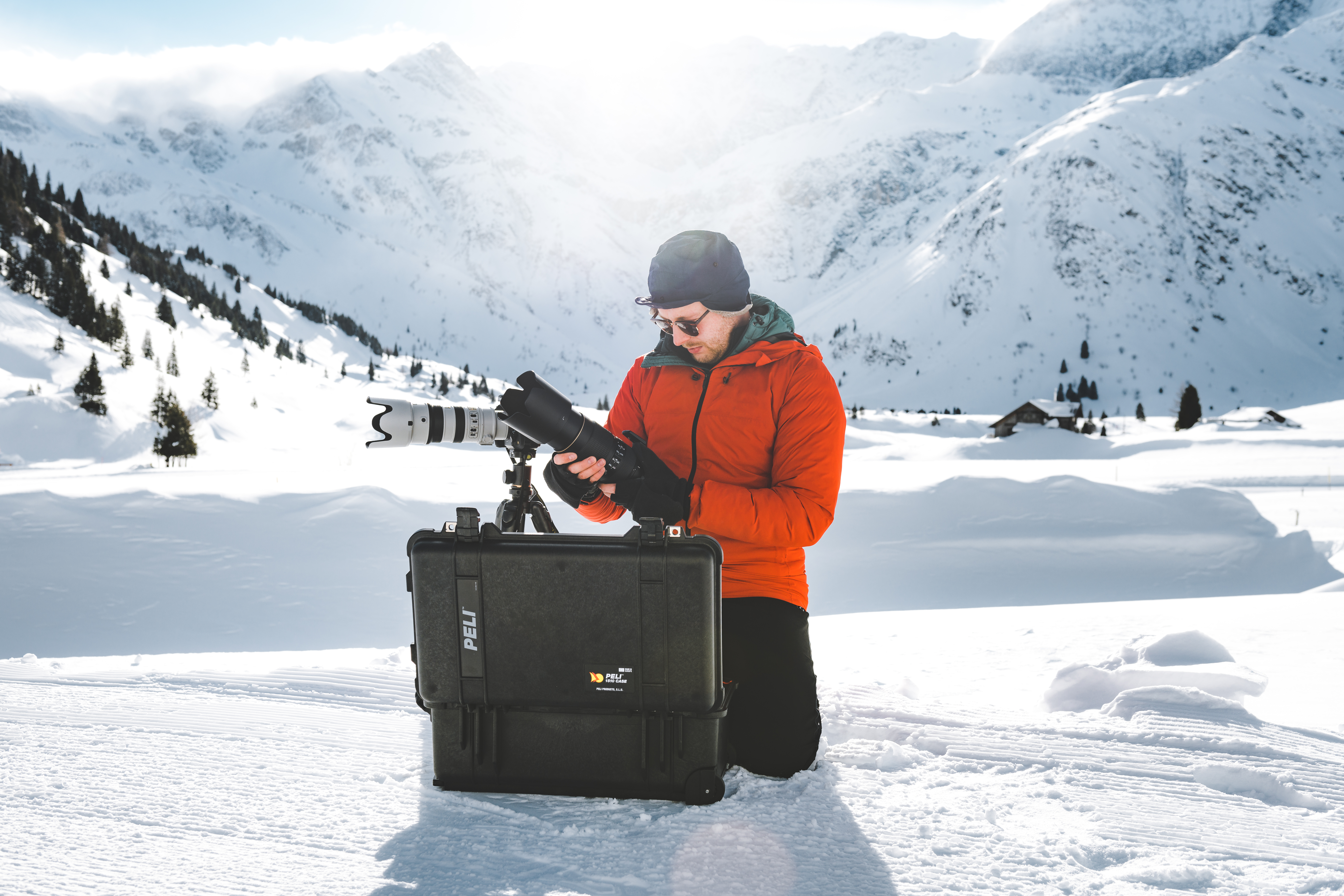
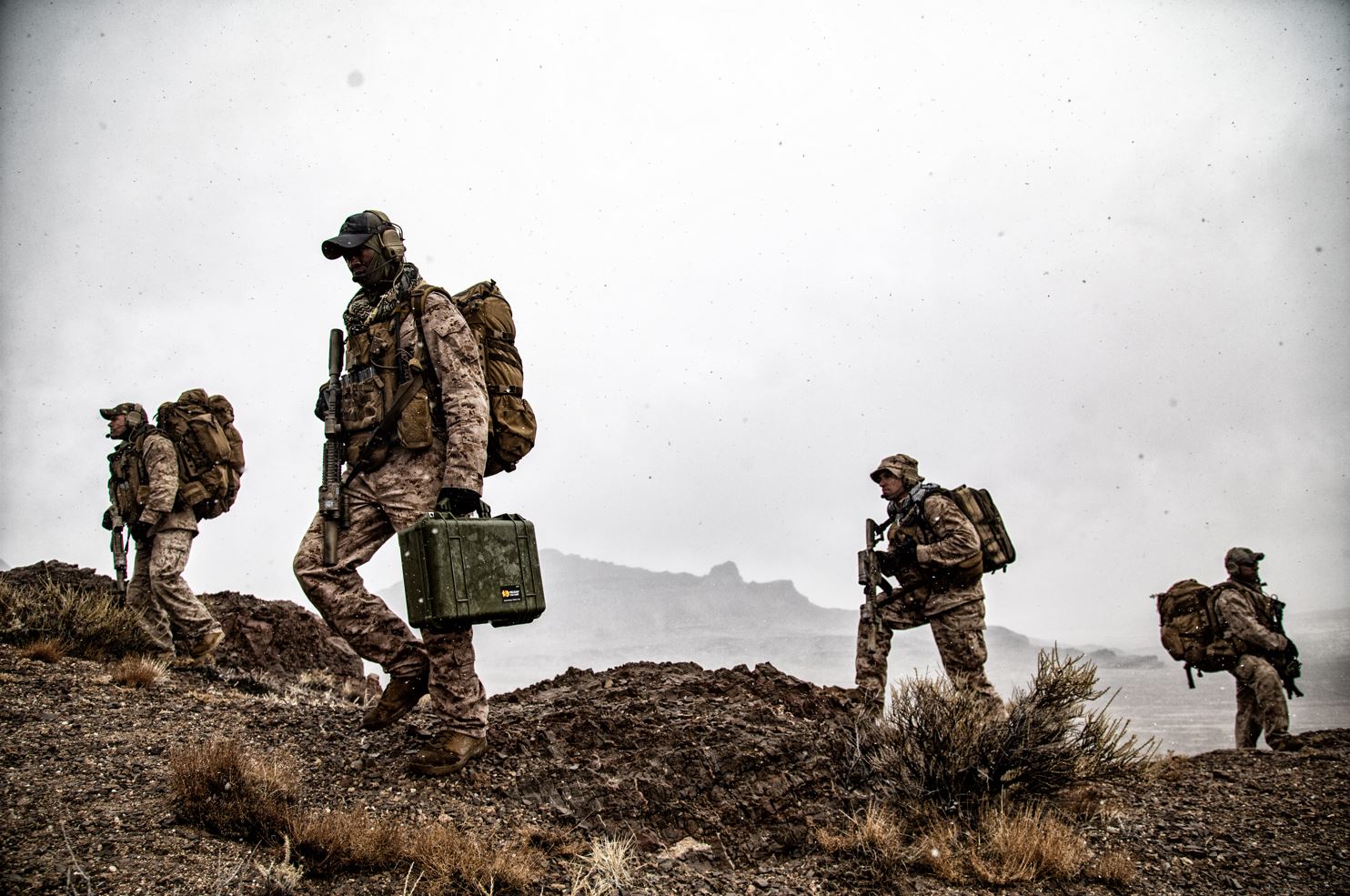
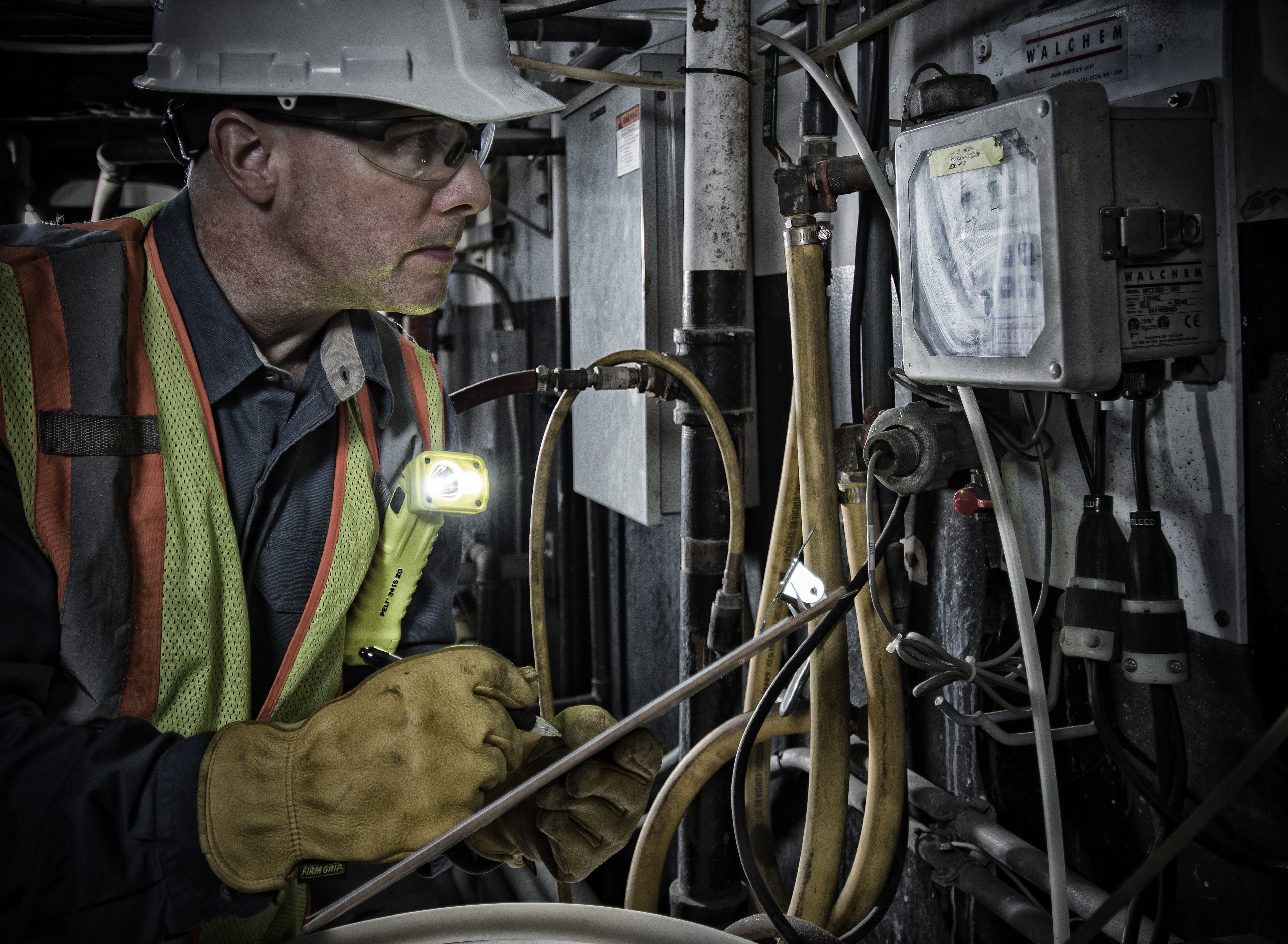
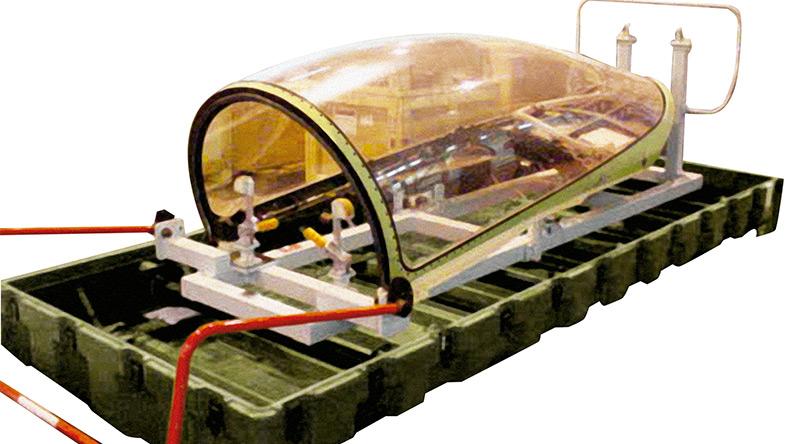
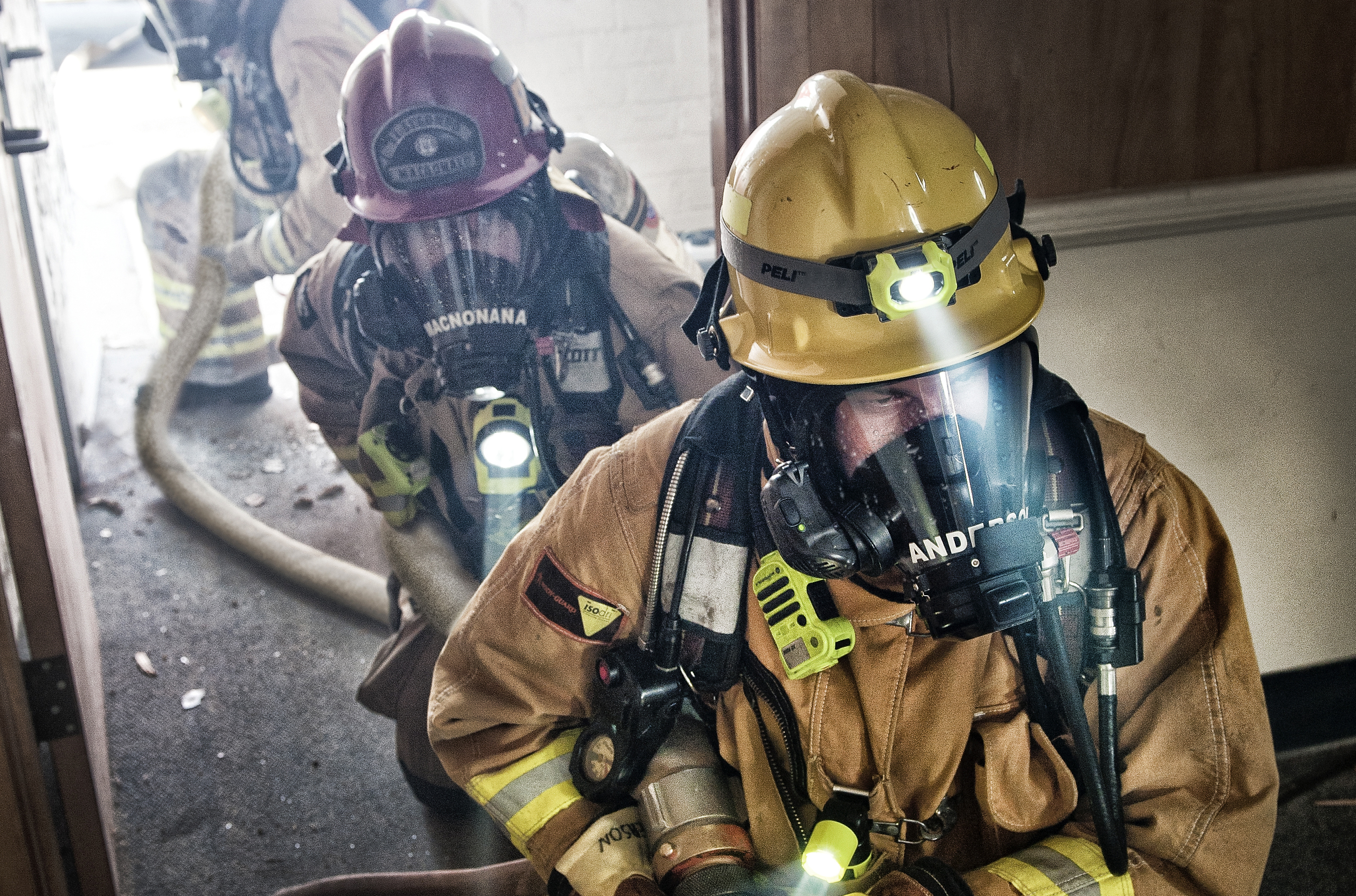
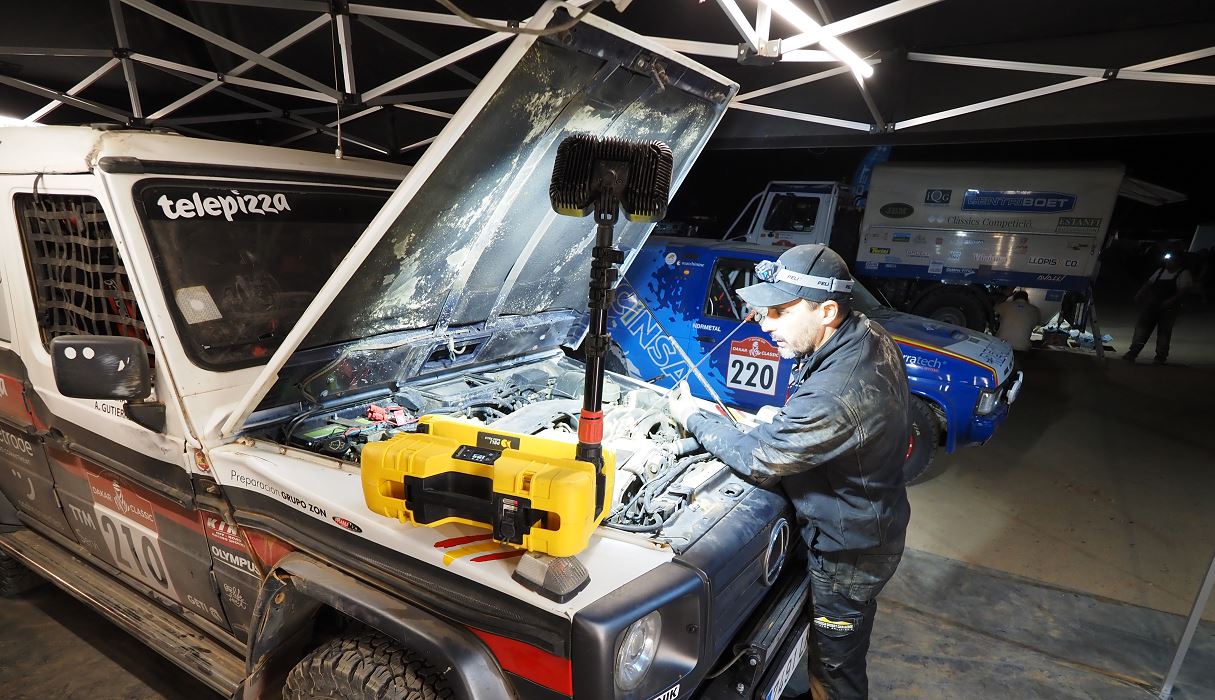
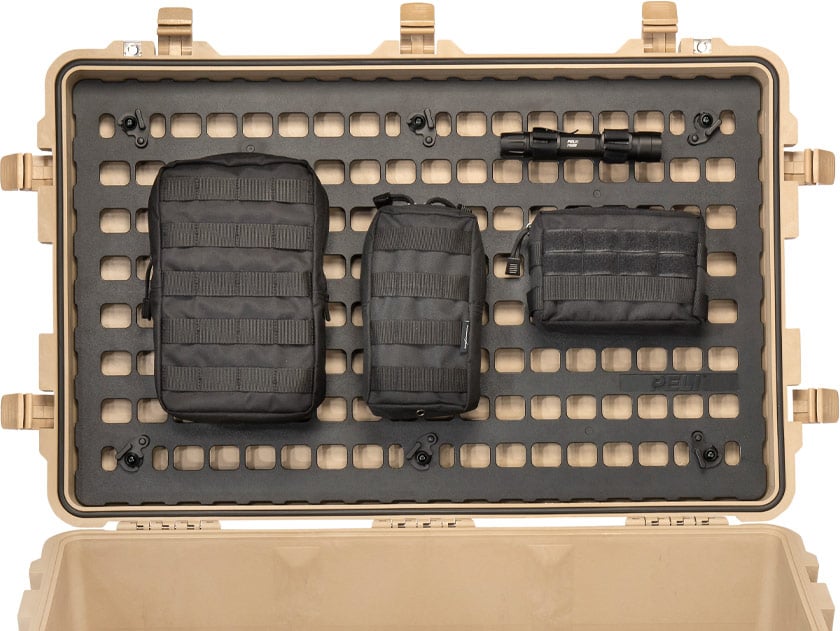
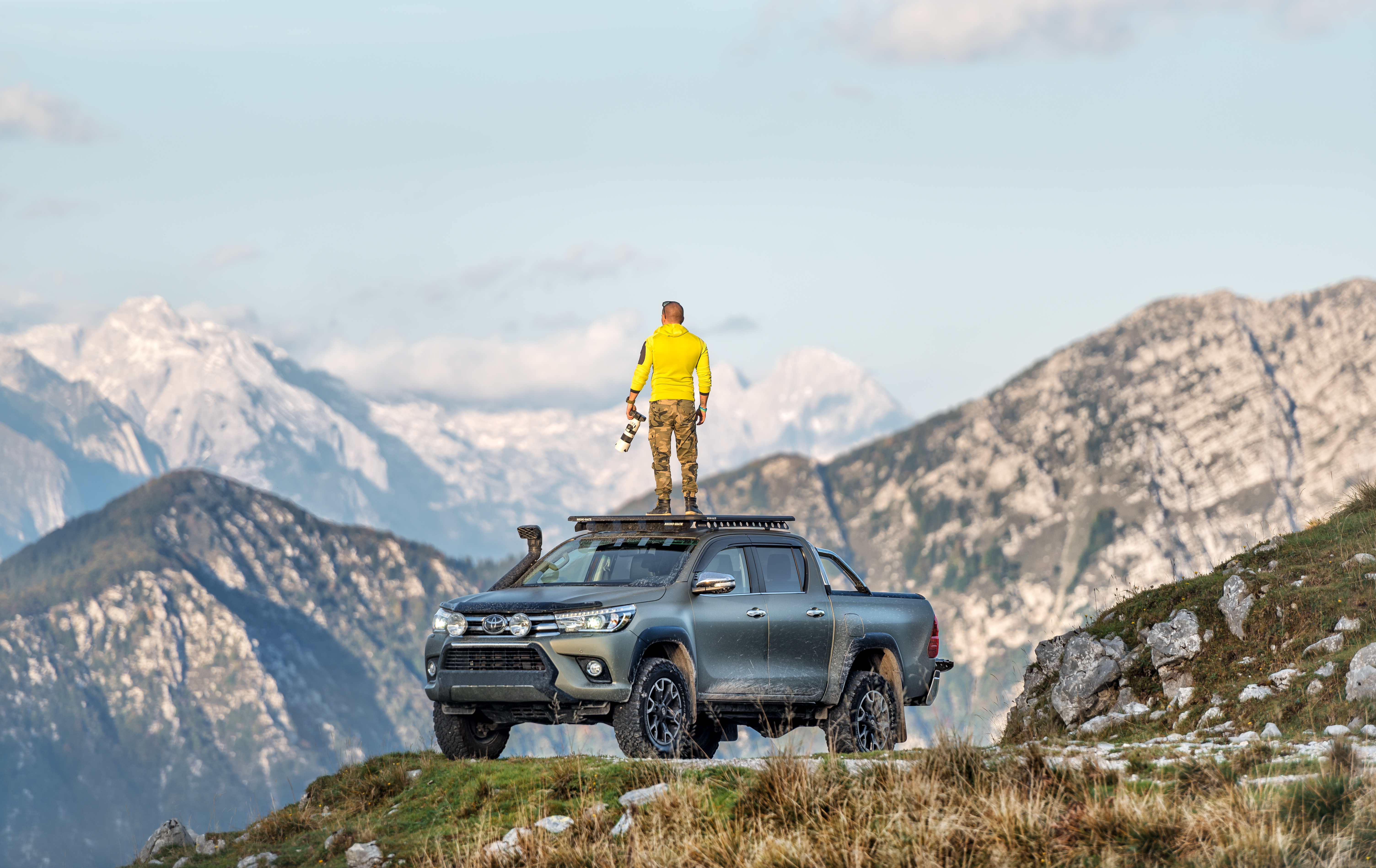
Post a comment